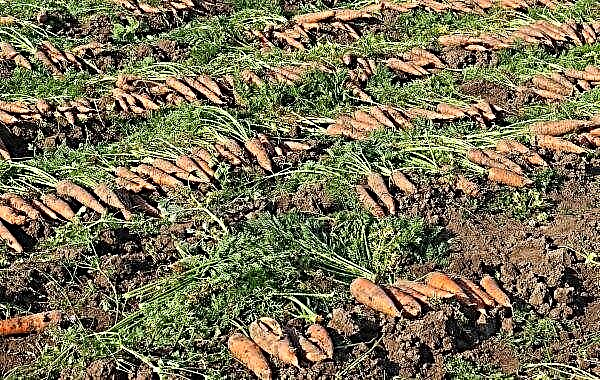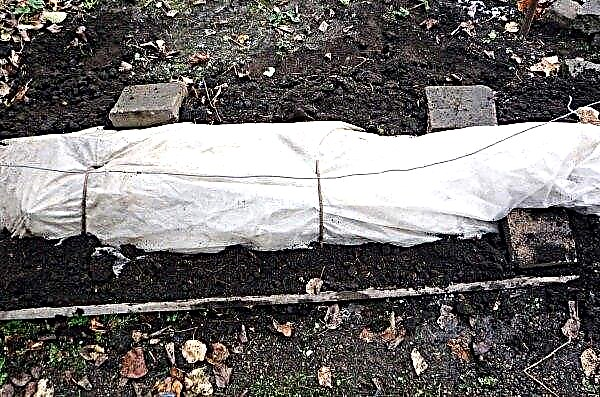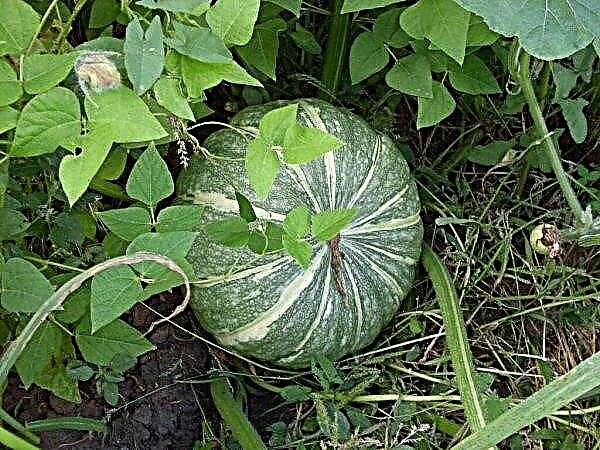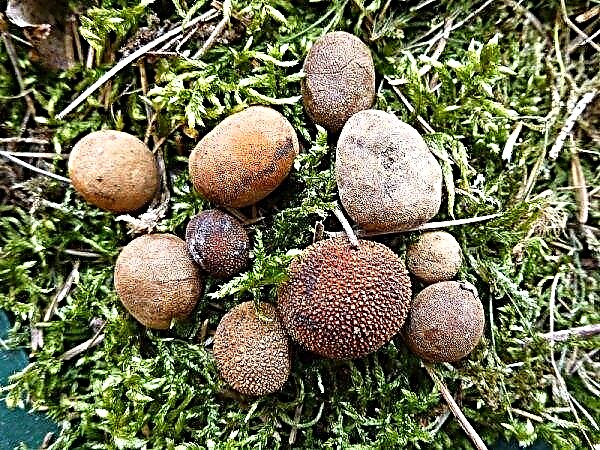Juniper is a small evergreen coniferous plant, which makes it convenient for ornamental gardening. Today, there are a large number of varieties of this shrub. To understand how to properly care for this representative of the Cypress family, it is necessary to study the structure of its root well.
The structure of the root system
Juniper ordinary has a fibrous root system with a surface type of development. The main feature is that it easily grows and develops even on rocky and poor soil, since the root penetrates only into the upper layers of the soil.
 Common Juniper (Juniperuscommunis): A - sporophyte shoot with male cones; B - male cone; B - microsporophyllum with microsporangia; G - sporophyte shoot with female cones; D is a general view and a longitudinal section of a young female cone; E - the top of a young female cone; G - general view, longitudinal and transverse sections of a mature female cone: 1 - megasporophyll, 2 - ovule, 3 - seed
Common Juniper (Juniperuscommunis): A - sporophyte shoot with male cones; B - male cone; B - microsporophyllum with microsporangia; G - sporophyte shoot with female cones; D is a general view and a longitudinal section of a young female cone; E - the top of a young female cone; G - general view, longitudinal and transverse sections of a mature female cone: 1 - megasporophyll, 2 - ovule, 3 - seed
The underground part of this plant has a large number of side shoots that extend in different directions from the main. The latter at the same time slows down its development and ceases to stand out in the general form of the fibrous system, in contrast to the core root.
Did you know? Juniper needles contain such a high percentage of phytoncides that it makes the air within a radius of several meters around the shrub almost sterile. So, on one hectare of planting in 12 hours up to 15 kg of these nutrients are evaporated.
How roots grow and develop
Active growth of the underground part of the juniper occurs twice during the warm season: the first time - in the early spring (early April), and the second - in the summer (late June - first half of July). That is why it is irrational to carry out a tree transplant in the time interval between the indicated seasons, because the plant simply does not have time to take root.

The underground part of juniper is developing well even in bad soil, when the bush does not receive all the necessary minerals from it.. Its active growth can be traced even on heavy loamy and clay soils. The only method that is used in this case to facilitate the growth of the underground part is active loosening of the soil inside the planting pit. You can not do without a drainage layer up to 20 cm thick.
Important! You need to prepare a large juniper for a spring transplant since the fall, carefully cutting a layer of soil along with the root system. This will allow for six months to form new processes already in the area of the allocated earthen coma.
Dimensions of the root system
The underground part of common juniper leaves only 60–100 cm into the soil. Because of this, the variety cannot be called resistant to strong gusts of wind and other weather events. Such a surface arrangement of the processes is also explained by the fact that more than 90% of them grow horizontally, not even reaching a depth of 30 cm. Their gradual deepening to a level of 45–65 cm occurs already at the age of 18.

The predominance in the growth of lateral roots over the main one is manifested already when the plant reaches 4 years. In this case, the wood of horizontal processes gradually drowns out the core. The underground part of the adult juniper rarely grows to 1.2 m in depth. Moreover, the average root growth is 10–20 cm per year (taking into account the active development of young shoots).
Important! For planting shrubs with an open root system, it is best to choose a spring period, so that for six months of warm comfortable weather conditions they have time to adapt in a new place.
Does the size and growth rate of the roots depend on the species or variety
It is worth noting that individual types of juniper, for example, tall (tree-like), have a completely different type of root system, when the main stem can be distinguished. Such a powerful root penetrates much deeper into the soil layers, has a large length (up to 1.5 m) and thickness.

A significant drawback is the fact that varieties with a similar structure of the underground part are quite difficult to transplant, since it is almost impossible to maintain the same root size without damage. In most cases, it breaks, cuts, which in some cases leads to complete drying of the plant. Chopped processes (both new and adult) regenerate very slowly, preventing the tree from resuming.
If we compare the growth rate and the maximum value of the underground part, depending on the type of juniper, we can only note the fact that shrub with a stem system will grow more actively. The fibrous processes do not grow long and then slow down their development, reaching almost the same length.
Did you know? In the dishes from juniper in the days of Ancient Russia, milk was stored. Due to the content of antibacterial substances in the wood of this plant, the liquid did not sour for a very long time.
Creeping undersized juniper can easily decorate any garden, rockery or summer cottage, you should only follow the basic rules for caring for this coniferous plant. This is much easier to do with knowledge of the basic nuances of the structure of its root system, as well as its growth rate.












